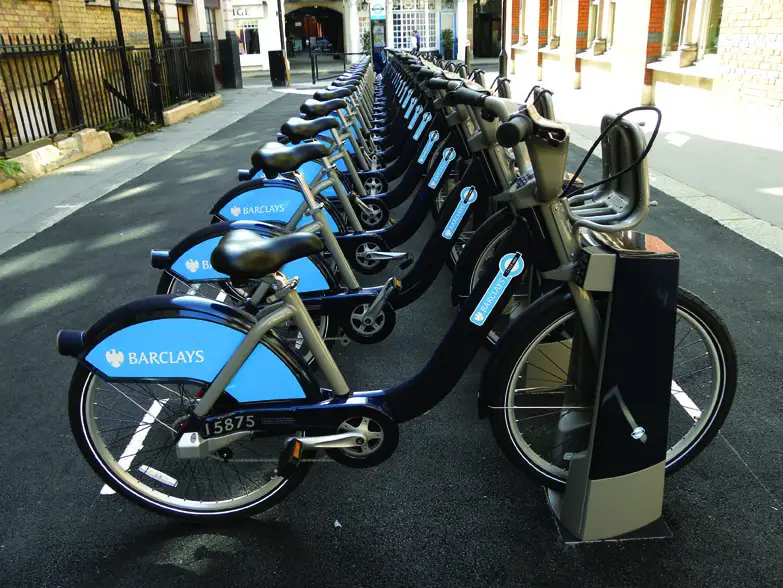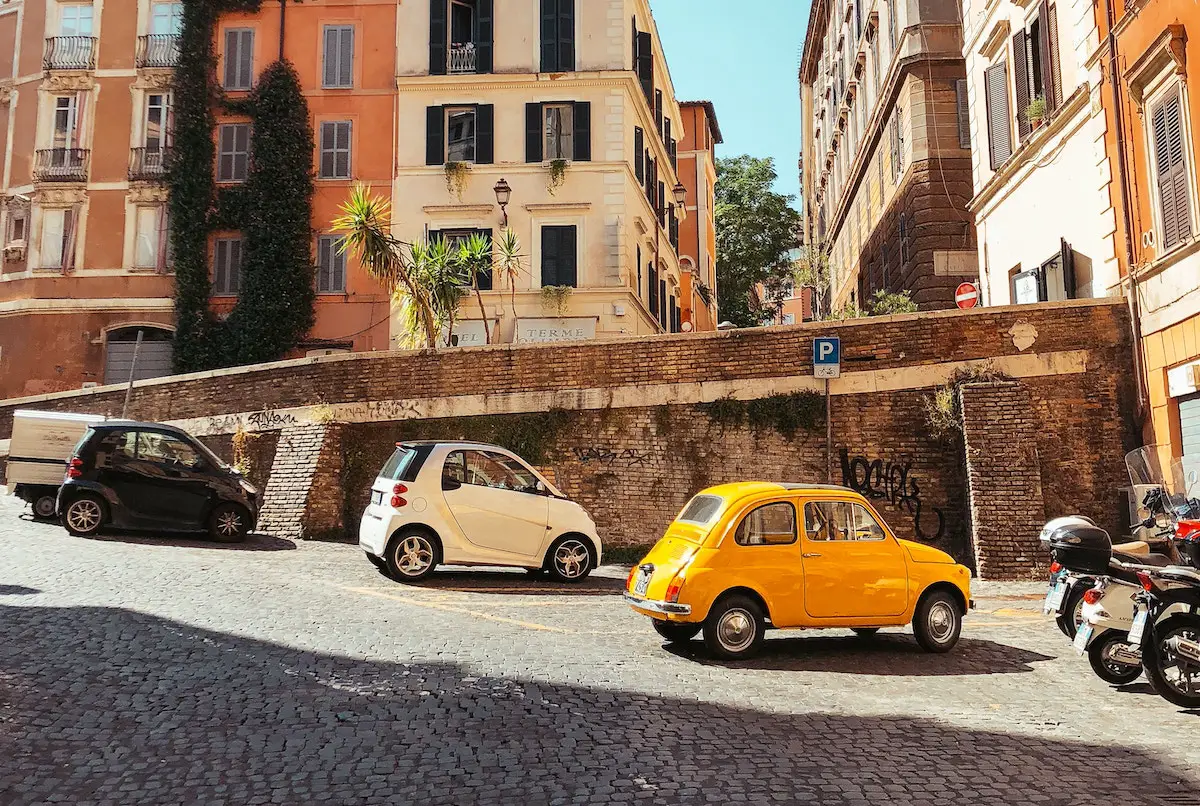We all know the talking points. The benefits of bicycles have been tirelessly elaborated upon; bicycles improve health, ease congestion, save money, use less space, and provide efficient transportation with zero fuel consumption and zero carbon emissions. All of this is great, and the culmination of a population on two wheels can have a drastic impact on the overall wellbeing of a city.
However, none of these come close to the most meaningful aspect of cycling, a factor that cannot be quantified but has endless value to those fighting to improve their communities.
The most vital element for the future of our cities is that the bicycle is an instrument of experiential understanding.
On a bicycle, citizens experience their city with deep intimacy, often for the first time. For a regular motorist to take that two or three mile trip by bicycle instead is to decimate an enormous wall between them and their communities.
In their cars, the world is reduced to mere equation. “What is the fastest route from A to B?” one will ask as they start their engine. This invariably results in a cascade of freeway concrete flying by at incomprehensible speeds. Their environment, the neighborhoods that compose their communities, the beauty of architecture, the immense societal problems in distressed areas, the faces of neighbors… all of this becomes a conceptually abstract blur from the driver’s seat.
Yes, the bicycle is a marvelously efficient machine of transportation, but in the city it is so much more. The bicycle is new vision for the blind man. It is a thrilling tool of communication, an experiential device for the beauty and the ills of the urban context. One cannot turn a blind eye on a bicycle – they must acknowledge their community, all of it.
Here lies the secret weapon of the urban renaissance.
You see, those of us fighting for our cities, we struggle because too few see the problems, and fewer understand the solutions. They are quite literally racing past the issue, too busy to see, too fast to comprehend.
I cannot approach the average citizen and explain the innate intricacies of land use and transportation relationships, how density is vital to urban sustainability, how our sprawled real estate developments are built on economic quicksand, how our freeways shredded the urban fabric like a rusty dagger, how deeply our lives would be enriched by a collective commitment to urbanism.
Not only will their eyes glaze over, but they may very well become outraged. No one wants to be told that they must radically alter their lifestyle, no matter how well you sell it.
The bicycle doesn’t need to be sold. It’s economical, it’s fun, it’s sexy, and just about everyone already has one hiding somewhere in their garage.
Invite a motorist for a bike ride through your city and you’ll be cycling with an urbanist by the end of the day. Even the most eloquent of lectures about livable cities and sustainable design can’t compete with the experience from atop a bicycle saddle.
“These cars are going way too fast,” they may mutter beneath their breath.
“How are we supposed to get across the highway?”
“Wow, look at that cathedral! I didn’t know that was there.”
“I didn’t realize there were so many vacant lots in this part of town.”
“Hey, let’s stop at this cafe for a drink.”
Suddenly livability isn’t an abstract concept, it’s an experience. Human scale, connectivity, land use efficiency, urban fabric, complete streets… all the codewords, catchphrases, and academic jargon can be tossed out the window because now they are one synthesized moment of appreciation. Bicycles matter because they are a catalyst of understanding – become hooked on the thrill of cycling, and everything else follows. Now that new freeway isn’t a convenience but an impediment. Mixed-use development isn’t a threat to privacy but an opportunity for community. And maybe, just maybe, car-free living will eventually be seen not as restrictive, but as a door to newfound freedom.
The real reason why bicycles are the key to better cities?
Some might call it enlightenment.
Kasey Klimes is founder of the sustainable urbanism blog Secret Republic and Creative Consultant at MindMixer, a civic engagement platform for cities.
Photo: McBeth


